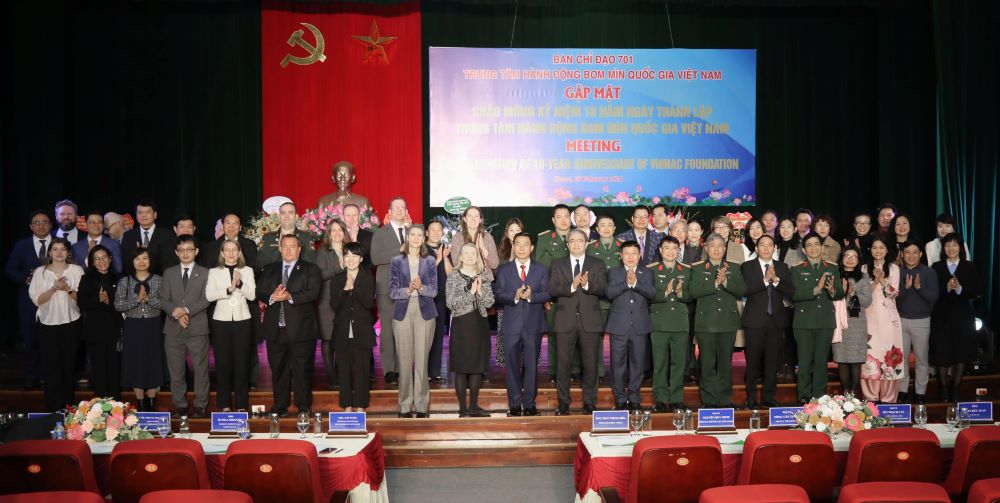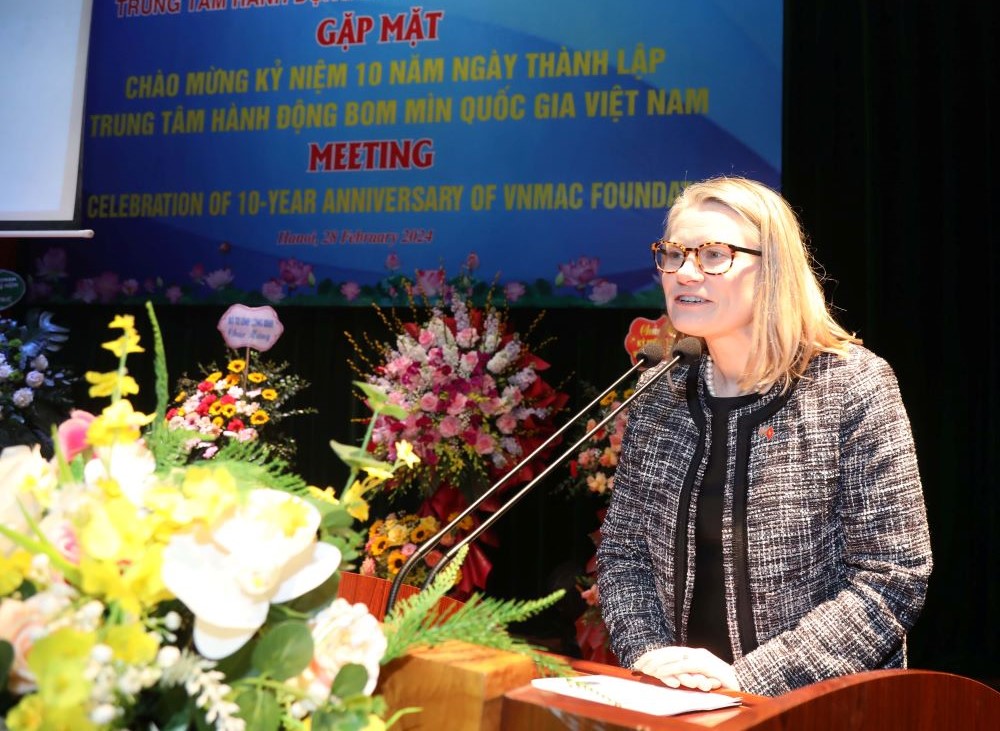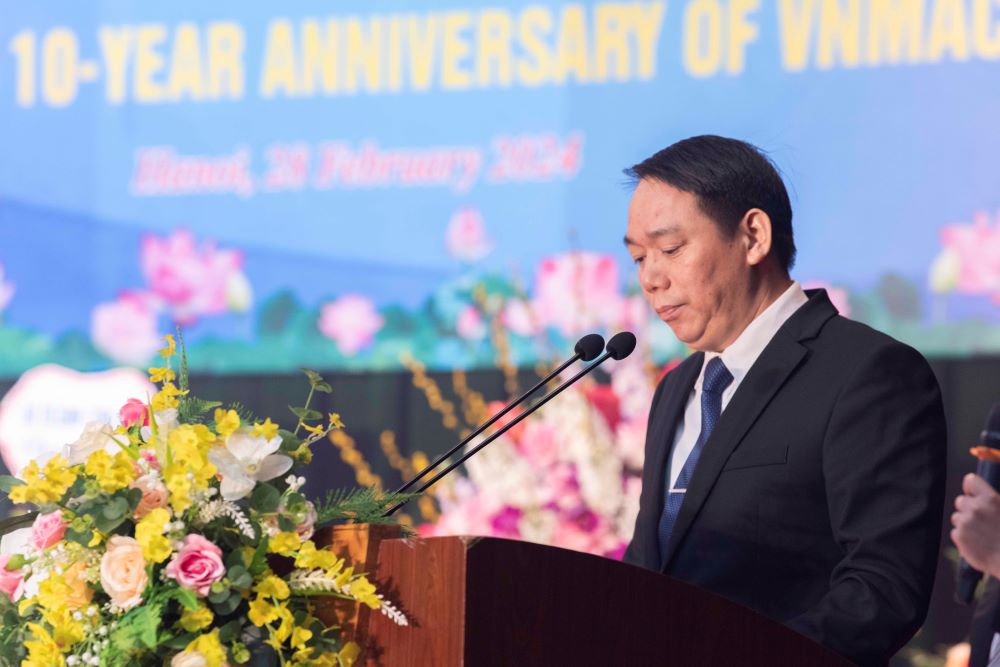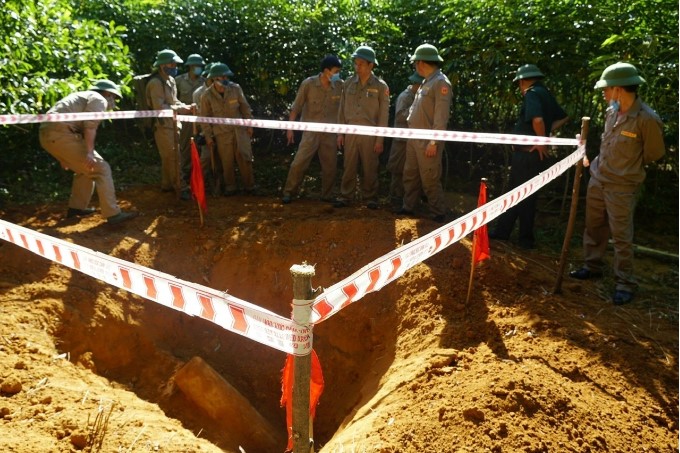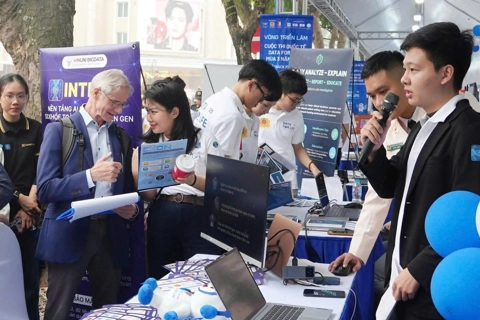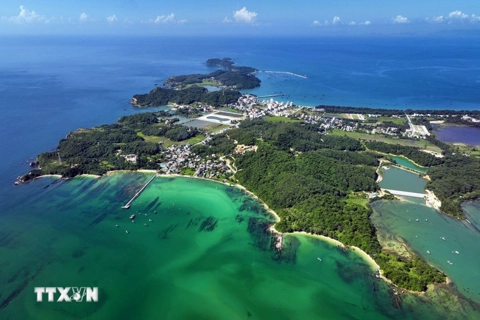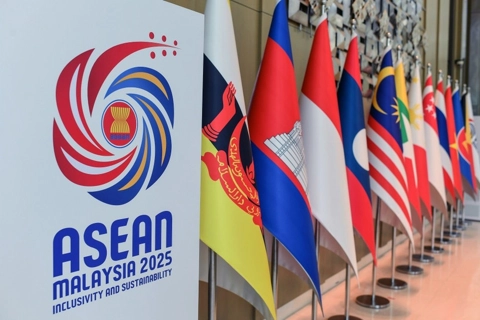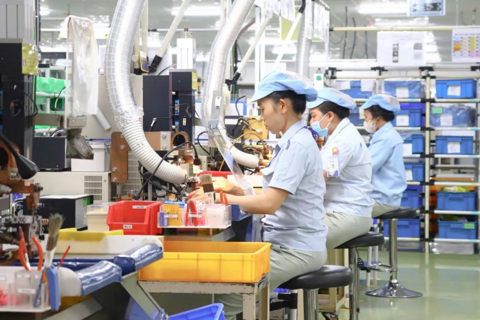International partners vow to support Vietnam in addressing UXO
Approximately 100,000 people in Vietnam are victims of unexploded ordnance, though the war has passed for five decades.
Representatives of many countries and organizations have reaffirmed their support for handling unexploded ordnance (UXO) in Vietnam – the most UXO-contaminated country.
| Representatives of domestic and international organizations at the meeting held in Hanoi on February 28. Photos: VNMAC |
The US will continue supporting the clearance of war remnants in Vietnam in close collaboration with the Vietnam National Mine Action Center (VNMAC) towards a UXO-free country, Amy Patel, Political Affairs Counselor at the US Embassy in Vietnam, said at a meeting in Hanoi to celebrate 10 years of VNMAC (March 4, 2014-2024).
The event was attended by representatives of the US, Japan, Germany, Norway, Russia and Azerbaijan, among others, together with those from the United Nations Development Program (UNDP), the Japan International Cooperation Agency (JICA), the Korea International Cooperation Agency (KOICA), the Norwegian People’s Aid (NPA), the Catholic Relief Services (CRS), the Mine Advisory Group (MAG), PeaceTrees, and Golden West.
KOICA’s Country Director Lee Byung Hwa highlighted the importance of VNMAC in overcoming consequences caused by unexploded bombs and mines. He said the agency will extend its support to the center and contribute to enhancing Vietnam-South Korea relations.
Sharing the same view, NPA’s Country Director Jan Erik Stoa expected to assist the Government of Vietnam in its long-term plans and concretize its assistance by closely working with the most affected localities.
At the meeting, Nghiem Xuan Long, Deputy Director of VNMAC, expressed his thanks to the governments and organizations for their support over the past 10 years in terms of finance, manpower, technology, and machines in handling bombs and mines in Vietnam.
| Amy Patel, Political Affairs Counselor, at the US Embassy in Vietnam, said at the meeting. |
It’s estimated that approximately 800,000 tons of war remnants remained in Vietnam after the end of the war in 1975. About 5.6 million ha of land, or 17.7% of land in Vietnam contaminated with unexploded bombs and mines. Explosive remnants are reported in all 63 cities and provinces nationwide, with the highest rates in the Central region, the Central Highlands, and the Southeastern region.
Since 1975, UXO has claimed more than 40,000 lives and injured 60,000 others. The central provinces of Quang Binh, Binh Dinh, Nghe An, Ha Tinh, Quang Tri, Thua Thien Hue, and Quang Ngai reported nearly 23,000 victims of bombs and mines, including more than 10,000 died of explosive weapons.
Addressing war remnants costs the government’s efforts to become an important, urgent, and long-term mission to protect civilians and boost socio-economic development.
| Nghiem Xuan Long, Deputy Director of VNMAC, thanks countries and international organizations for their support. |
After 10 years, VNMAC has joined with domestic and international agencies, organizations, and partners to handle UXO in an area of 500,000 ha. The efforts were worth VND12.6 trillion (US$512 million), including $95.5 million worth of foreign non-refundable aid.
Major non-refundable projects are those worth $5.5 million on removing bombs and mines in Quang Tri and Ha Tinh funded by the Government of Japan. Meanwhile, a project of its kind in Quang Binh and Binh Dinh costs a total of $33 million, including $20 million granted by the Republic of Korea. Peace Villages costing $25 million were also built in Thua Thien Hue, Quang Ngai, and Binh Dinh with the support of South Korea.
Technical support in dozens of projects worth $70 million has been provided by MAG, NPA, Golden West, SODI, and PeaceTrees, among others.
Dozens of programs and hundreds of events were held by VNMAC to raise awareness of safety against UXO, support community activities, assist disabled groups, and help the center build data and improve capacity. In addition, the US Embassy in Vietnam has equipped facilities, built a database, and organized courses for Vietnamese agencies in the years-long mission.
Hundreds of thousands of UXO victims have received support, including medical checkups, rehabilitation, vocational training, and better livelihoods.
Among the support, non-governmental organizations from Australia, Germany, Norway, the UK, and the US have extended their assistance in improving capacity for VNMAC and Vietnamese partners in building data, information management, and risk management in projects handling war legacies.
VNMAC is working to complete the national database on war remnants to speed up the removal and overcoming consequences of war legacies across Vietnam.
| There remains nearly 5.6 million ha of land in Vietnam contaminated with UXO. |

